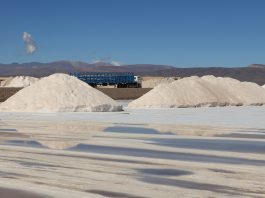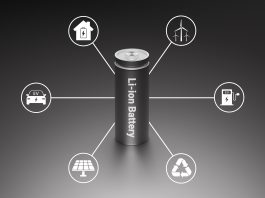The Innovation News Network provides a complete guide to the Lithium Triangle in Argentina, including its potential to power the green transition, economic opportunities, environmental challenges, and much more.
The term ‘Lithium Triangle’ refers to an area of South America located in Argentina, Bolivia, and Chile. This region is home to some of the largest lithium reserves in the world and has become a key source for this increasingly important metal. In recent years, there has been significant interest from energy companies attempting to capitalise on this resource, leading to a surge in development activities within the triangle. This article provides a detailed overview of the Lithium Triangle in Argentina and its associated implications.
In recent years, due to technological advances that have enabled increased use of electric vehicles (EVs) and renewable energy sources, demand for lithium has grown significantly as it is required for batteries powering these devices. As such, various global organisations are investing heavily in exploration projects related to lithium extraction in the region with hopes of capitalising on this growing market trend. These investments require careful assessment considering stringent environmental regulations imposed by countries hosting such projects, thus making understanding existing conditions crucial before further action can be taken.
This article will discuss why the Lithium Triangle in Argentina is so attractive for investors interested in exploiting its resources while providing insight into potential impacts that may arise during extraction. Furthermore, information regarding existing legal frameworks applicable within Argentinean borders will be discussed for their relevance when evaluating investment opportunities within the country’s portion of the triangular region.
Geography of the Lithium Triangle
The Lithium Triangle is found at the intersection of Bolivia, Chile, and Argentina. It encompasses portions of two major geographic regions: the Argentine Basin and the Andean Plateau. The Argentine Basin is a large sedimentary basin that covers almost all of mainland South America from Colombia to Tierra del Fuego, including the country’s capital Buenos Aires. This depression has an average elevation of 500m above sea level, with most areas below 200m. Meanwhile, the Andean Plateau lies on the western side of this triangle, reaching heights up to 6,000m above sea level.
At its heart lies Salar de Uyuni – one of the world’s largest salt flats in southwest Bolivia – which contains over 50% of global lithium reserves estimated at nine million tons. This white expanse stretches for 4,100 square miles (10582 sq km), where temperatures can drop as low as -25°C during winter months. However, it provides some respite with no humidity or rainfall throughout most times of the year. Specialised mining companies have been extracting brine here since 2009 when prices began rising due to increased demand from tech giants like Apple Inc., Tesla Motors, and Samsung Electronics Co Ltd, which use lithium-ion batteries to power their products.
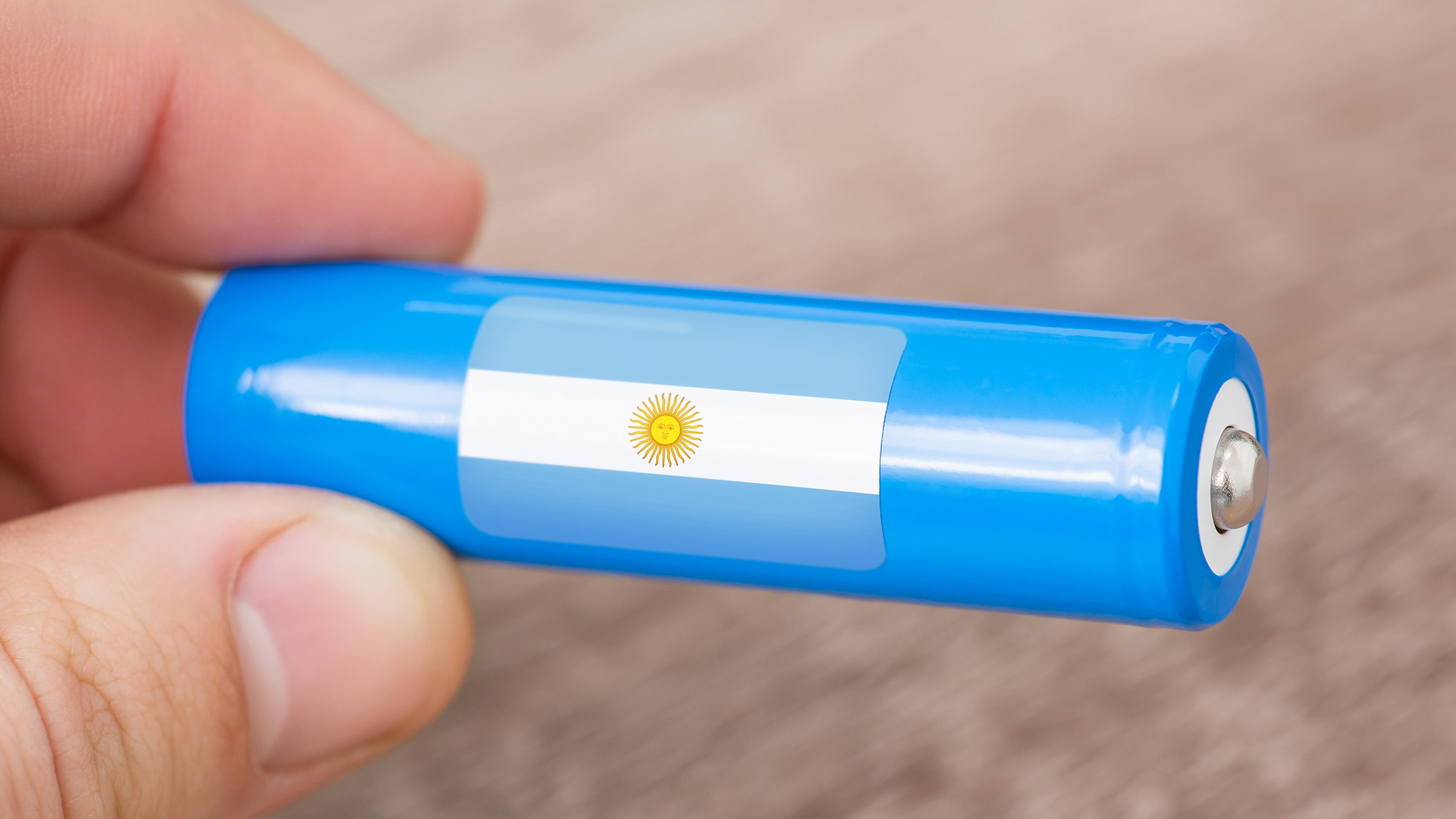
The Lithium Triangle holds immense economic potential and high levels of cultural significance for local communities whose lives are intertwined with these resources and landscapes through centuries of tradition and history. This makes its sustainable exploitation essential for preserving the region’s natural and social environments.
History of mining in the area
Despite the vastness of Argentina, it is not a large producer compared to countries like Chile and Bolivia when it comes to mining. However, with the increasing demand for lithium as part of the recent shift towards EVs, the Argentinian mining industry has become much more prominent. This prominence can be attributed largely to the emergence and growth of the Lithium Triangle located in northern Argentina.
The Lithium Triangle comprises parts of Jujuy and Salta provinces, including Salinas Grandes (the largest salt flat in Argentina), which contains large amounts of lithium-bearing brines beneath its surface. These brines are thought to have been created by prehistoric volcanic activity in this region about ten million years ago. Since then, many companies have begun prospecting these areas for their mineral resources, including lithium, potassium chloride and other minerals used in industrial processes.
The first major exploration effort began in 1989 by Yacimientos Petrolíferos Fiscales (YPF). In 1997, SESBA was granted concession rights to mine lithium from Salar de Hombre Muerto – one of the most important sources within the region – along with potash and borates. The company’s success led the way for other foreign investors, such as Galaxy Resources Limited (GALAXY) and Orocobre Ltd, who continue operations today.
Since then, companies operating within the Lithium Triangle have had varying levels of success due to fluctuations in global markets driving up or down prices for certain products harvested from this region. As a result, there is still significant potential for investment into new projects related to mining activities here in Argentina. With proper oversight and regulation, Argentinian mining could provide great domestic and international economic opportunities for decades.
Environmental impacts of lithium extraction
The Lithium Triangle in Argentina offers an abundance of one of the world’s most sought-after resources, but lithium extraction comes with a cost. Mining operations for accessing this coveted element have caused extensive environmental damage and have put clean water sources at risk.
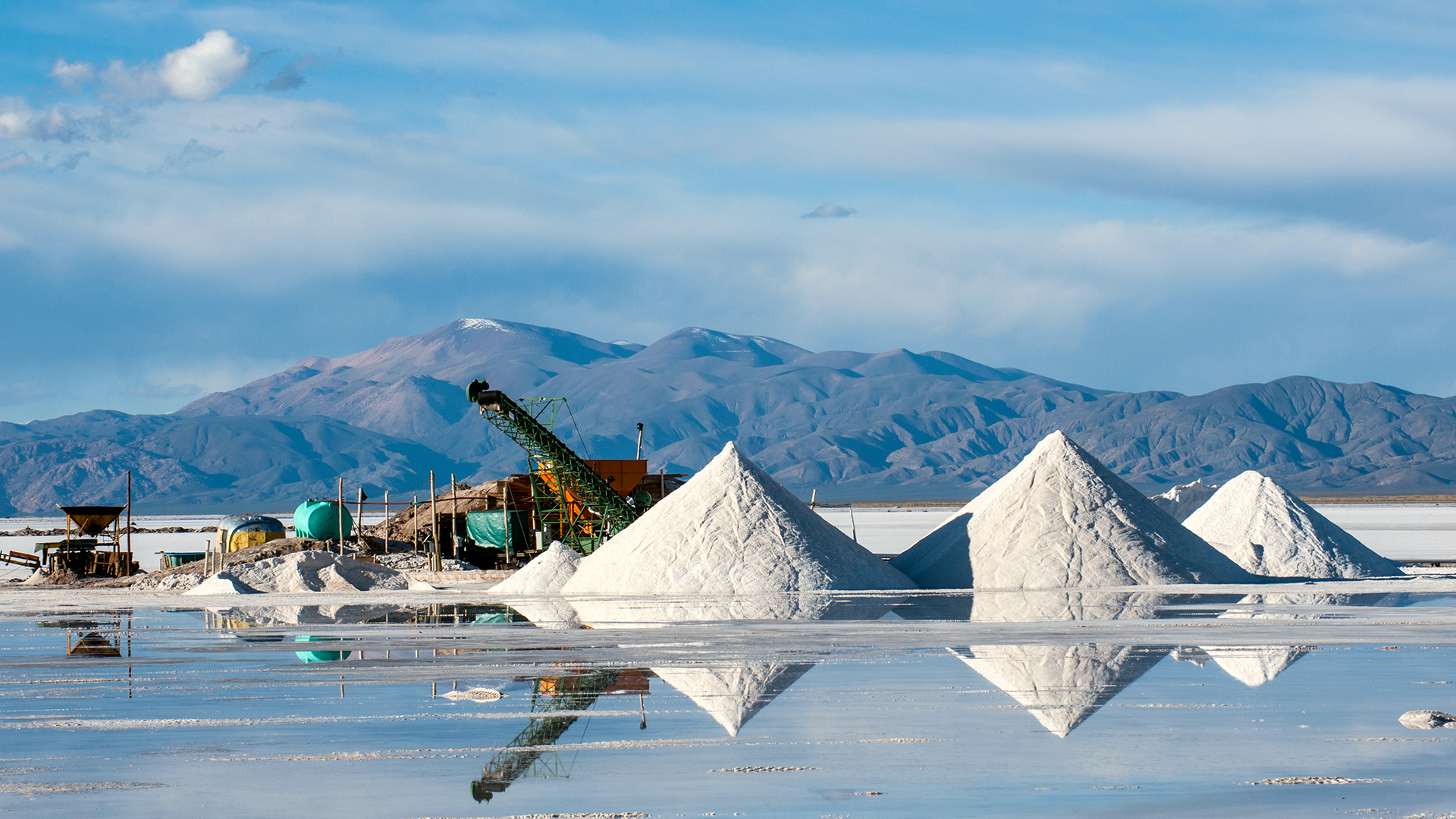
To extract lithium, miners must use large amounts of chemicals such as sulphuric acid and sodium hydroxide that can seep into waterways and contaminate them with heavy metals and other hazardous substances. This has led to local communities having limited access to safe drinking water or irrigation for their land. Additionally, there is also concern over air pollution due to dust generated from mining activities and chemical runoff into nearby rivers.
Furthermore, the disruption caused by extracting lithium has adversely affected Indigenous populations living in the area, who rely heavily on natural resources for sustenance and livelihoods. As a result, many are being forced out of their homes or prevented from accessing traditional hunting grounds, leading to displacement and poverty. In addition, animal habitats could be drastically altered or destroyed if mining continues at current rates without proper regulations in place.
Any further development of the Lithium Triangle should only occur after carefully considering potential impacts on people and the environment. New methods need to be implemented that prioritise sustainability while ensuring the long-term protection of local ecosystems and those who depend upon them for survival. Ensuring these measures are met will require support from international organisations such as UNEP (United Nations Environment Program) along with improved policies within individual countries like Argentina that address issues related to mineral resource management.
Benefits of the Lithium Triangle to Argentina
One benefit of the Lithium Triangle for Argentina is a boost in employment opportunities. Residents can now access jobs within the mining industry, which leads to a more stable economy through diversification away from traditional industries such as agriculture or tourism. Additionally, these new job positions have allowed people living near mines to increase their income levels which can then be reinvested into other areas of the economy, such as education or healthcare.
Another advantage of exploiting lithium resources is that it provides an opportunity for investors around the world to capitalise on Argentina’s untapped potential. Foreign capital coming into this region helps drive innovation and technological advancement while also providing much-needed funds for infrastructure projects such as roads, hospitals, schools etc., thus contributing to overall economic growth across all sectors of society. It also boosts trade between countries, allowing them to share knowledge and develop mutually beneficial relationships with each other, leading towards greater global integration.
Overall, the Lithium Triangle offers many advantages for Argentina, including increased employment opportunities and economic development through foreign investments. These factors combined create a strong platform from which individuals, businesses, and government entities can reap the rewards over time if managed correctly.
Disputes over ownership and control
The Lithium Triangle in Argentina has been the subject of numerous ownership and control disputes between those wishing to capitalise on its resources. Although there is no single definitive answer to these issues, it is clear that a number of stakeholders have conflicting interests over who should be able to use and benefit from the region’s rich lithium reserves.
On the one hand, certain governmental entities seek to gain further control over how their land and resources are used within the Lithium Triangle. At the same time, other groups want more autonomy in their respective areas, and many private companies look to establish exclusive rights over particular elements within this area due to their potential economic value. Additionally, local Indigenous populations have expressed concern about protecting their traditional way of life in these rapidly changing circumstances.
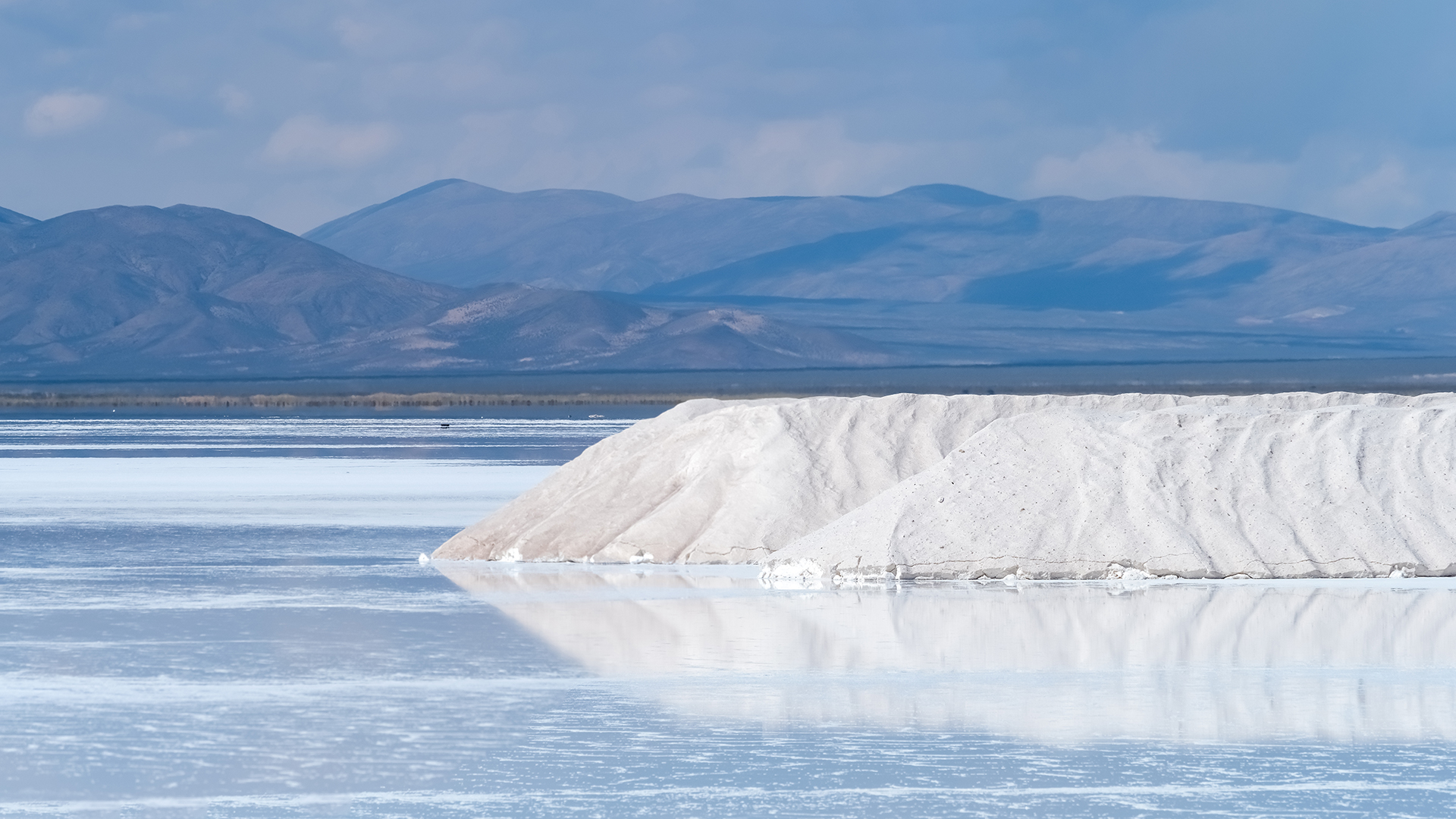
Despite these potentially diverging opinions, all sides must unite to ensure that any development or exploitation around the Lithium Triangle proceeds responsibly and ethically. It remains unclear what form such an agreement might take, but each stakeholder must have their voice heard so that everyone can work towards a mutually beneficial outcome with respect for both people and the environment alike. Ultimately, only through open dialogue between multiple perspectives can true progress be achieved for this unique geo-strategic resource hub which holds immeasurable promise for future generations in Argentina.
Challenges of extracting lithium from Salar De Uyuni
Extracting lithium from Salar de Uyuni, located in the Bolivian part of the Lithium Triangle, presents certain difficulties. This salar is the largest salt lake on Earth, spanning over 10,000 square kilometres. It is estimated that this region holds between 50-70% of all global lithium reserves. Unfortunately, harvesting this resource has proven challenging due to its remote location and inhospitable environment.
The first obstacle faced when attempting to extract lithium from Salar de Uyuni is water contamination. The brines contained within these shallow pools are so salty they can impede plant growth; however, any disruption or pollution caused by human activity may cause irreparable damage to the delicate ecosystem surrounding them. Additionally, extracting large quantities of lithium from these brines could result in long-term changes in their chemistry, which would have an adverse effect on local flora and fauna as well.
Finally, mining operations require massive amounts of water for extraction processes, yet access to clean drinking water remains scarce throughout Bolivia’s Altiplano region, where most salars are located. As such, should numerous mines become operational in the area, there will likely be competition for resources leading to further environmental degradation and potential conflict with local communities who rely upon these precious waters for survival.
For these reasons, governments must carefully regulate extraction activities while ensuring proper measures are taken to protect natural habitats and dependent populations nearby. Without thoughtful regulation, future efforts at exploiting existing deposits may prove futile before they even begin due to a lack of available resources or significant ecological damage sustained during operations.
The role of evaporation ponds in lithium extraction
The role of evaporation ponds in lithium extraction from Salar de Uyuni is particularly significant. Such ponds are utilised to concentrate the brine and precipitate out other minerals, leaving only lithium chloride behind. This process can take months or even years as salt water is pumped into shallow pools, where it sits until enough moisture has evaporated off for the remaining solution to reach a desirable concentration of dissolved solids. The concentrated brine is then extracted in chemical processing plants that yield commercial-grade lithium compounds.
Evaporation ponds offer several advantages over traditional mining techniques such as open pit excavation, including better environmental control, reduced energy consumption, lower cost per unit of production and higher quality end products with consistent purity levels. Additionally, they require less land than large-scale mining operations and generate fewer emissions due to their limited size.
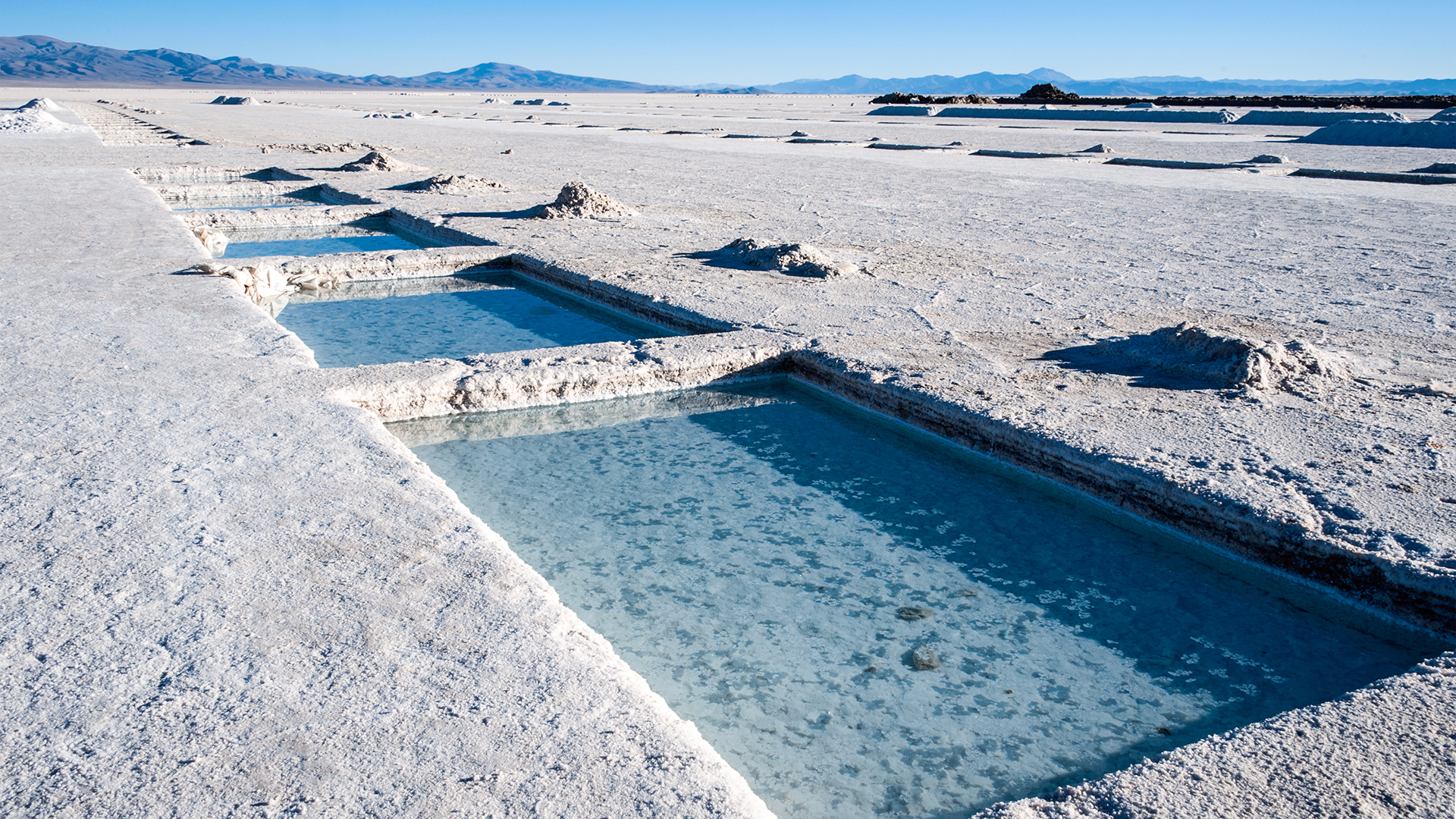
Using evaporation ponds in Argentina helps extract lithium sustainably from Salar de Uyuni while minimising adverse effects on local ecosystems and communities. This approach ensures that this valuable resource remains available for future generations and provides an important source of revenue for the country’s economy.
Chinese investment in lithium triangle development
The Lithium Triangle in Argentina has become increasingly attractive to foreign investors, particularly from China. Chinese investment in this region has grown steadily over recent years as the country seeks to capitalise on its vast mineral resources. This influx of capital has enabled the development of several projects within the triangle, including the construction of mines and processing plants. Additionally, various infrastructure improvements have been made that are necessary for efficiently extracting and transporting materials.
Given its proximity to Chile’s Atacama Desert—the world’s most abundant source of lithium —Argentina holds significant advantages when extracting these valuable commodities. In addition, local laws simplify restrictive regulations, making it easier and more cost-effective for foreign companies to invest in mining operations here than elsewhere in Latin America. To meet their domestic needs, Chinese firms have invested heavily in Argentina’s Lithium Triangle since 2017.
This surge in Chinese investment into Argentina’s Lithium Triangle has allowed numerous opportunities for economic growth and job creation throughout the region. Furthermore, research suggests that this could be beneficial not only for businesses operating within the area but also for surrounding communities as well as other regional stakeholders such as suppliers or even governments looking to benefit from increased tax revenue generated by higher levels of activity within the region.
Economic impact on local communities
The economic impact of the Lithium Triangle on local communities has been immense. In 2019, investments in Argentina’s lithium sector reached a record high of US$1.1bn (BloombergNEF). This impressive figure reflects the vast potential for economic development that such projects can bring to rural and remote regions across the country.
This investment’s long-term sustainability and viability rely heavily upon supporting the social well-being of local communities affected by these projects. As part of their corporate responsibility strategies, many companies operating in the region have implemented community engagement policies focused on improving both environmental stewardship practices and providing training opportunities for employed locals who may not have prior experience working in an industrial setting.
These commitments represent important steps towards achieving equitable outcomes for all stakeholders involved in this process with respect to economic growth while preserving cultural heritage values associated with traditional ways of life amongst those living near lithium deposits throughout Argentina’s Lithium Triangle.
Social implications for Indigenous populations
The Lithium Triangle in Argentina has profoundly affected the local Indigenous populations. The area is home to various ethnic communities, including the Atacama people, who have been settled there for centuries and rely heavily on the land for sustenance. With mining companies now operating in the region, traditional practices such as hunting and gathering are being disrupted, leading to cultural displacement among these groups. Furthermore, rising water and electricity prices due to demand from mining operations have led to economic hardship for many members of these ethnic groups.
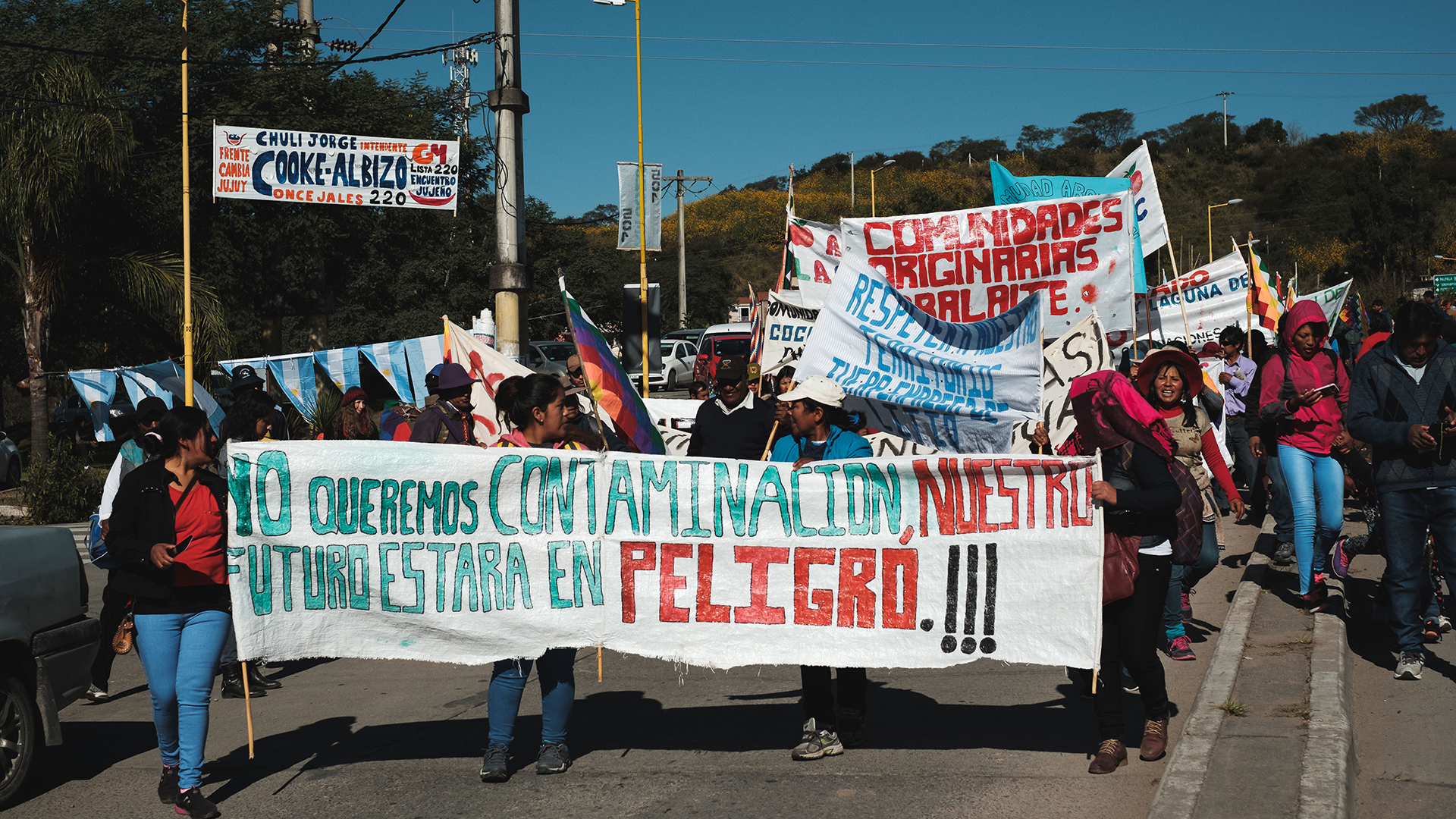
Indigenous rights have become important since governments often lack adequate measures to protect them against exploitation by external forces like corporations. Economic growth brought about by new investments must be balanced with protecting those who inhabit the land and their right to stay on it without fear or persecution. In addition, the environmental damage caused by activities related to lithium extraction has posed additional health risks for vulnerable populations living nearby; exposure to contaminated air and water can result in serious illnesses over time.
The implications of the Lithium Triangle in Argentina extend far beyond its economic capabilities. The social impacts that arise from it should not be overlooked either. To ensure the long-term sustainability of development projects while also preserving cultural heritage and promoting respect for Indigenous rights, government policies need to take into account potential displacement effects before any large-scale initiatives are initiated. Informed decisions must be made when approaching industry expansion to achieve economic gains and human rights protection simultaneously.
Challenges with securing clean water sources
The Lithium Triangle in Argentina is a situation of both opportunity and difficulty. Once known for its abundant water resources, this region has become an area of strife due to the increasing demand for limited supplies. Compounded by poor management practices, climate change, and population growth, securing clean drinking sources within the country’s borders is increasingly difficult. The struggle to do so gives rise to several challenges that must be addressed if any meaningful progress is to be made.
To understand the gravity of these issues more fully, let us examine them using the following three factors:
- Water scarcity – There are simply not enough resources available to meet current needs. This is further compounded by the unsustainable overuse of agricultural irrigation and mining operations. Reduced access to safe drinking water leads to health problems and displacement of communities living near mining sites;
- Water pollution – Mining waste contaminates rivers and streams, reducing their quality and local biodiversity populations. Industrial runoff also increases levels of contaminants such as arsenic in groundwater reserves. Health risks associated with exposure to unsafe chemicals include lead poisoning. Fish populations also suffer greatly due to toxic buildup in bodies of water near mining sites, which can lead to contaminated food; and
- Lack of accessibility and infrastructure support – Inadequate infrastructure support means few rural areas have access even when adequate supply is nearby – resulting in unreliable availability across different seasons or times during day/night cycles depending on location. Additionally, remote locations may lack the proper treatment facilities to process potable water sources before human consumption can occur safely. Poor hygiene-related illnesses caused by inadequate sanitation systems include weakened immune systems. This can affect worker productivity at mines, leading to potential economic loss and reduced safety standards from improper disposal methods employed without oversight from regulatory agencies.
In sum, existing conditions pose significant difficulties for those relying upon natural water sources within the Lithium Triangle – especially given how little government support exists currently towards establishing better accessibility or protecting against contamination concerns caused by industrial activities throughout much of the region’s landmass.
Without a comprehensive plan specifically addressing these issues through increased investment into research projects aimed at improving extraction processes while safeguarding environmental sustainability efforts, it remains uncertain how successful any long-term solution might prove itself once implemented effectively here downrange in the future. However, it can be hoped that such efforts could help to mitigate the environmental effects of extraction processes while still allowing organisations to pursue their economic interests.
Potential solutions to environmental issues
The Lithium Triangle in Argentina is of serious environmental concern due to its potential for land degradation, water contamination, and air pollution. Thankfully, several strategies can be implemented to address these issues and reduce the negative impacts on local ecosystems.
Renewable energy sources such as solar, wind or hydropower offer an alternative to traditional fossil fuel extraction. These renewable resources provide clean, sustainable power with minimal emissions and have become increasingly popular in Argentina’s mining industry. Additionally, they require less water than conventional methods, which helps conserve precious supplies in arid regions like the Salta province, where much of the Lithium Triangle lies.
Soil remediation techniques also play a vital role in protecting nearby landscapes from degradation caused by mining activities. This involves using chemicals or physical processes to restore soil fertility after mineral removal has occurred. For example, phosphate-based fertilisers can help improve the quality of soils impacted by metal ore extraction, while re-vegetation projects target areas affected by deforestation for industrial use. Furthermore, erosion control measures such as terracing and contour ploughing prevent further damage to ecologically sensitive sites surrounding mine operations.
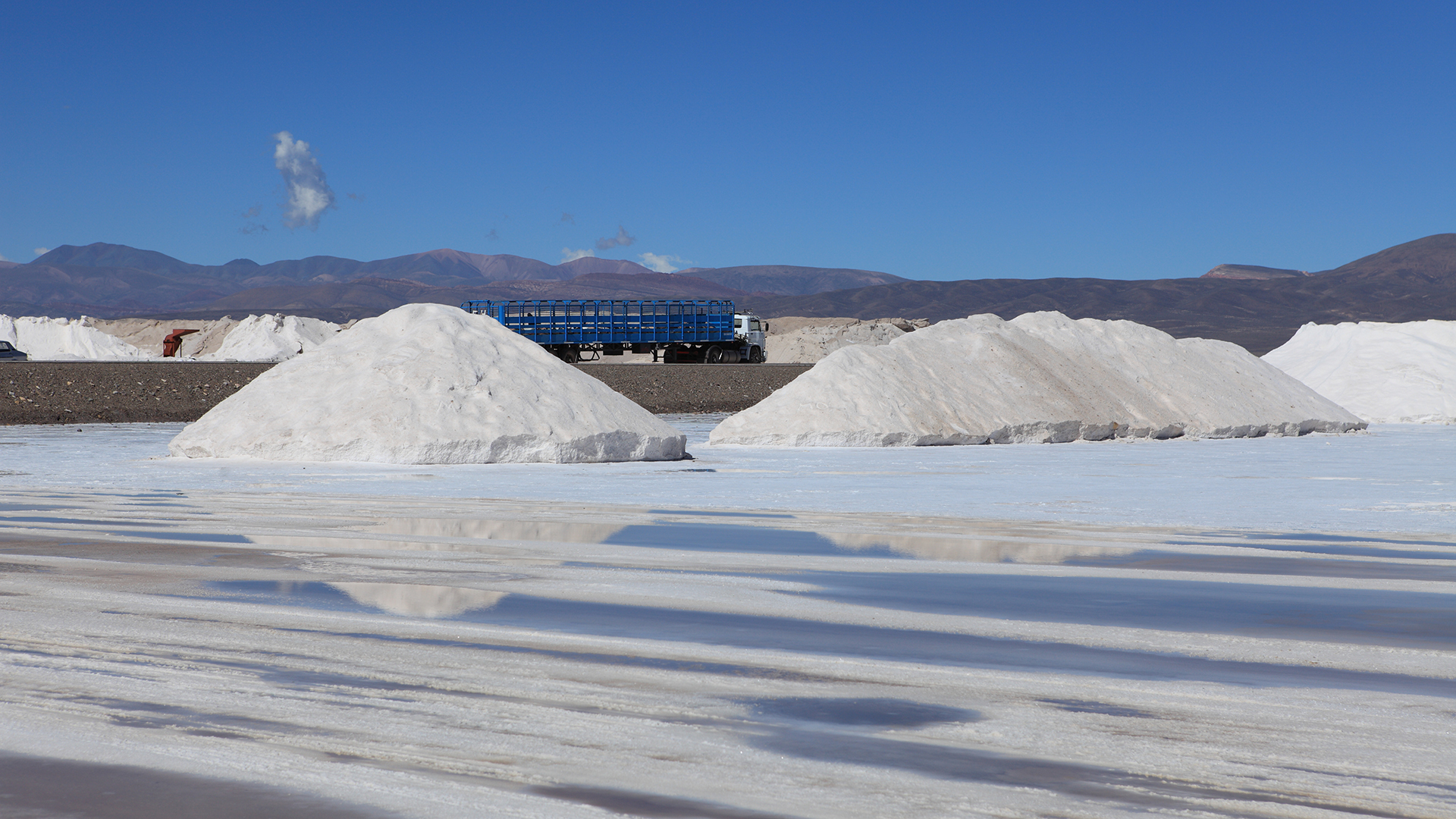
Overall, effective management of Argentinean lithium reserves must incorporate preventative solutions and restorative practices to protect natural habitats from environmental harm. A comprehensive approach, including renewable energy investments and soil restoration efforts, are essential components in reducing the ecological footprint associated with this valuable resource.
Future prospects for the Lithium Triangle
The future prospects of the Lithium Triangle in Argentina are promising and could potentially be a major driver of economic growth for the area. With rising demand from EV manufacturers, analysts predict that lithium prices will continue to increase in the coming years. This will mean greater investment into exploration, extraction and processing operations within the region and improved infrastructure that can support more efficient production processes. The Argentine government is also creating incentives to attract foreign investors, such as tax exemptions and credits for investments made in research and development projects.
The Argentinian authorities have begun working on policies designed to ensure sustainable practices are implemented during production to protect local communities from environmental damage caused by pollution or water shortages. In addition, they have established labour standards and guidelines that companies operating within their borders must follow. Finally, plans are being developed to improve access to education, health care services and other social benefits for those living near the deposits so that they too may benefit from this potential boom.
Given these developments and positive outlooks for the industry overall, if all goes according to plan, the Lithium Triangle in Argentina could become an important hub for global lithium production in the years ahead. Investment should begin flowing into the project soon, with possible massive returns over time based on current market trends. As such, further analysis of both short-term gains and long-term implications should be conducted before any definitive decisions concerning its future prospects are taken.
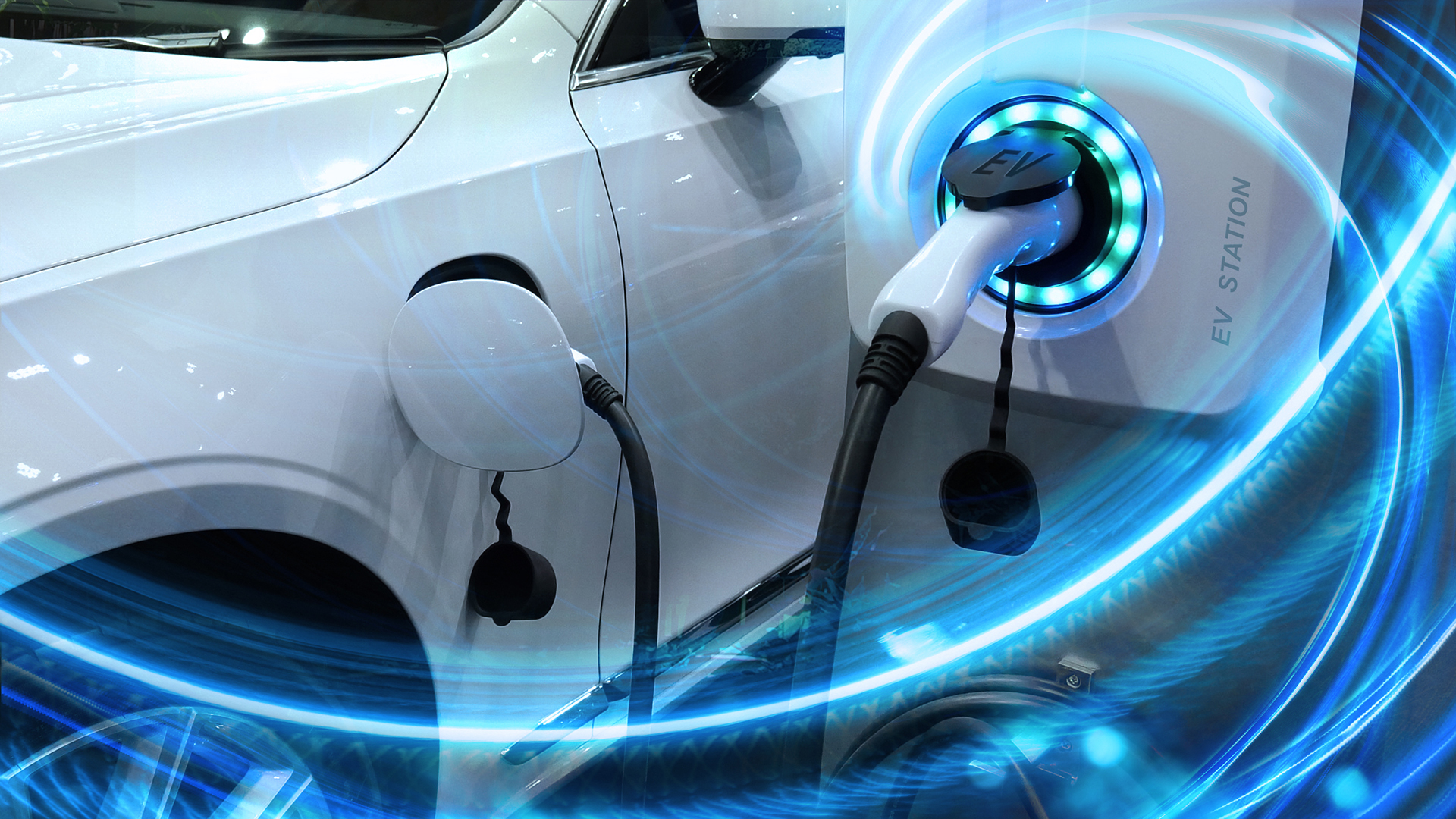
Regulatory framework needed to manage resources
The potential of the Lithium Triangle in Argentina is undeniable, with vast resources untapped. However, a comprehensive regulatory framework must be established to ensure the effective management of these precious resources. It has been theorised that such regulations will incentivise investment and create economic opportunities for local communities while providing much-needed oversight on extraction practices and environmental protection.
To understand how best to develop this framework, it is important to consider what others have done before. In 2020, Bolivia proposed a new mining code focused on resource sovereignty, including taxes, joint ventures between public-private entities, and community consultation requirements, among other elements. This example could provide insight into developing similar legislation for the region. Additionally, the government should review existing laws regarding water use rights since hydrological conditions in some parts of the country are already fragile due to climate change impacts and the overuse of limited water supplies.
Furthermore, international standards must also be considered when creating any regulations pertaining to lithium production within Argentine borders, as many multinational companies from countries like China operate in or near the region itself. Such guidelines would seek to protect workers’ rights and guarantee social stability by striving towards sustainable development objectives through improved corporate governance practices, which could lead to further investments. Therefore, an efficient legal structure needs to be designed carefully with all parties involved if there is any hope of successfully managing these valuable resources responsibly.
Considering all these factors, it is clear that responsible mining practices must be implemented if Argentina wishes to maximise its benefits from exploiting its natural resource without causing irreversible damage. If done correctly, Argentinian citizens could benefit greatly by having improved access to potable water and new jobs created through investments made into the country’s infrastructure due to increased profits generated by lithium exports.



